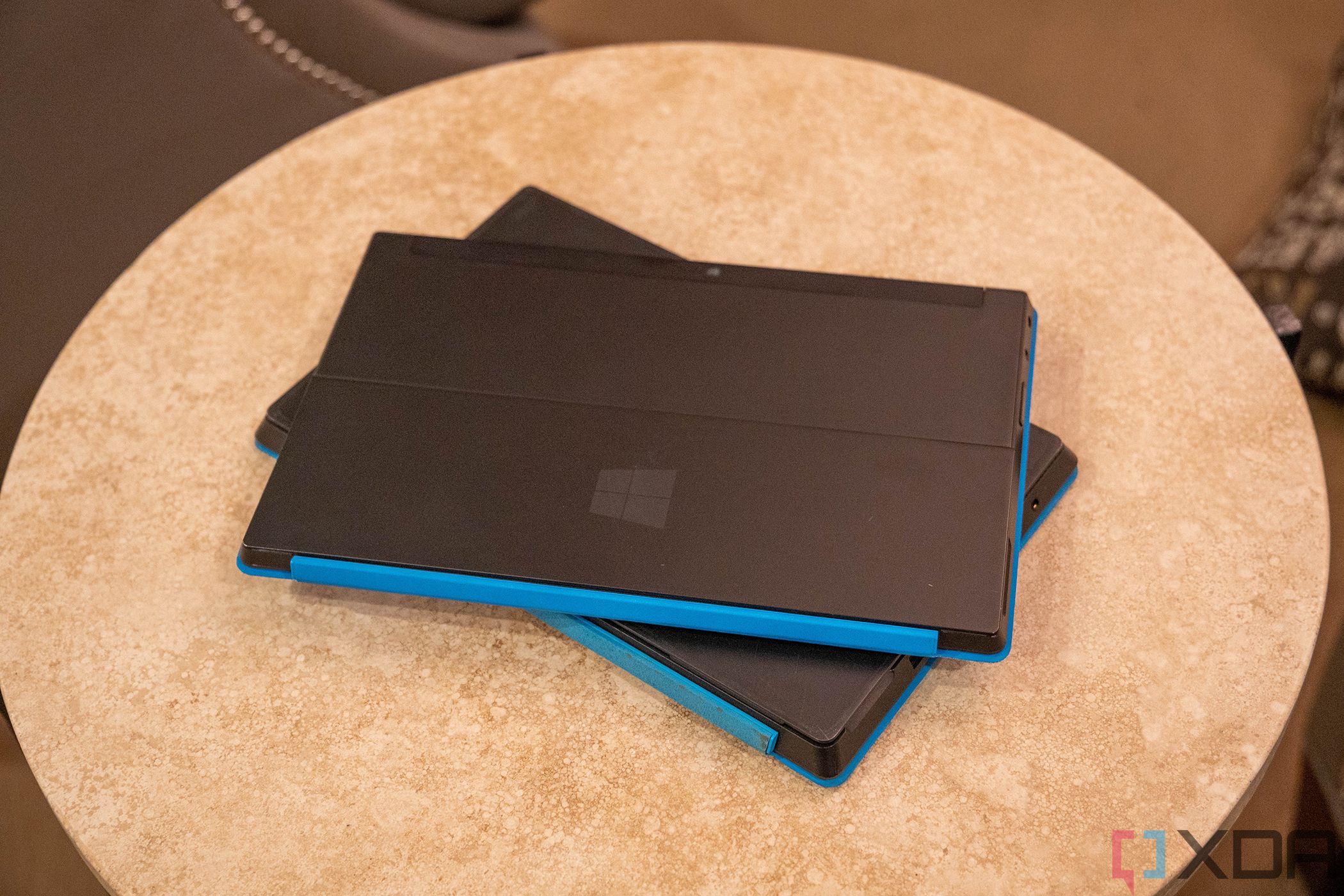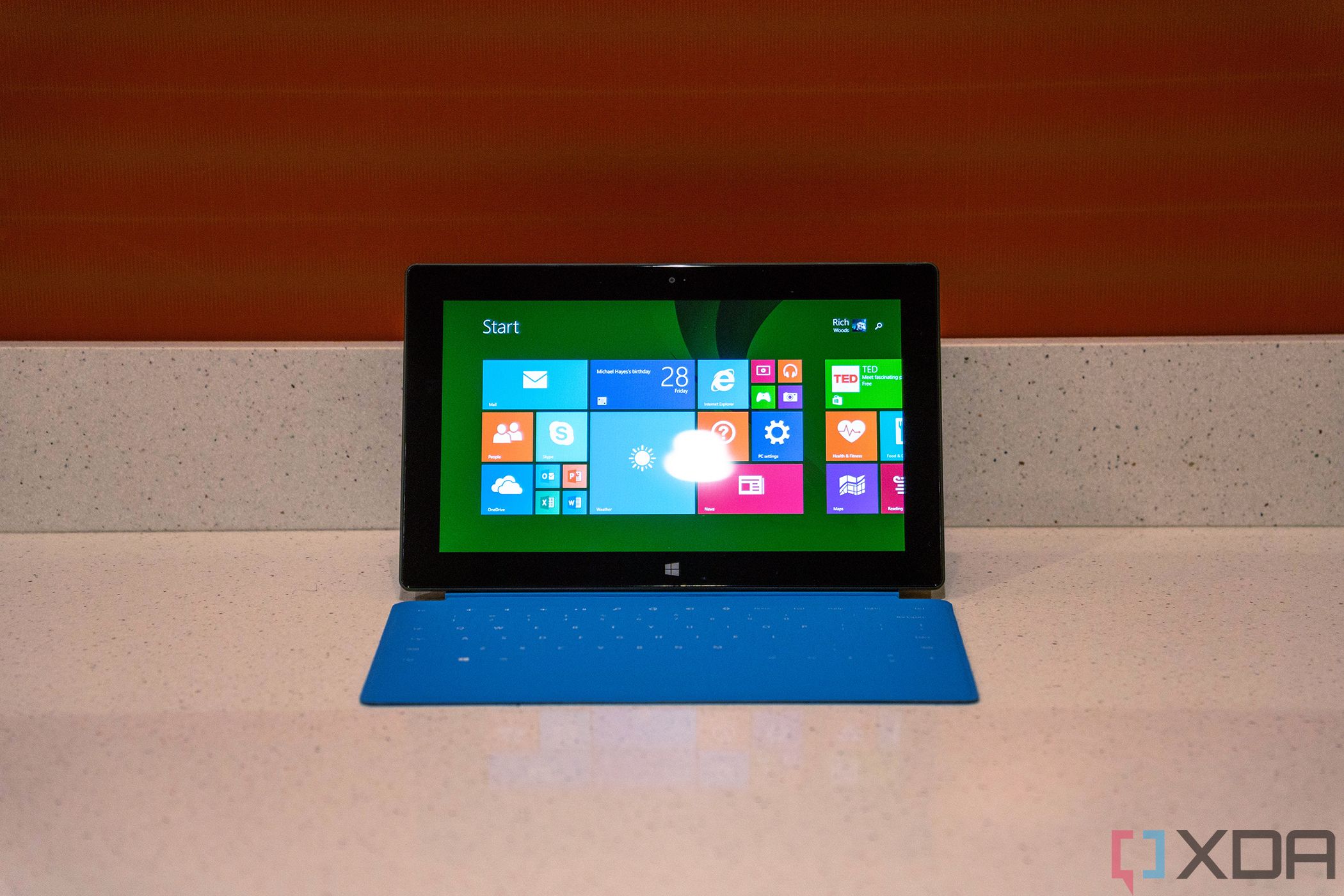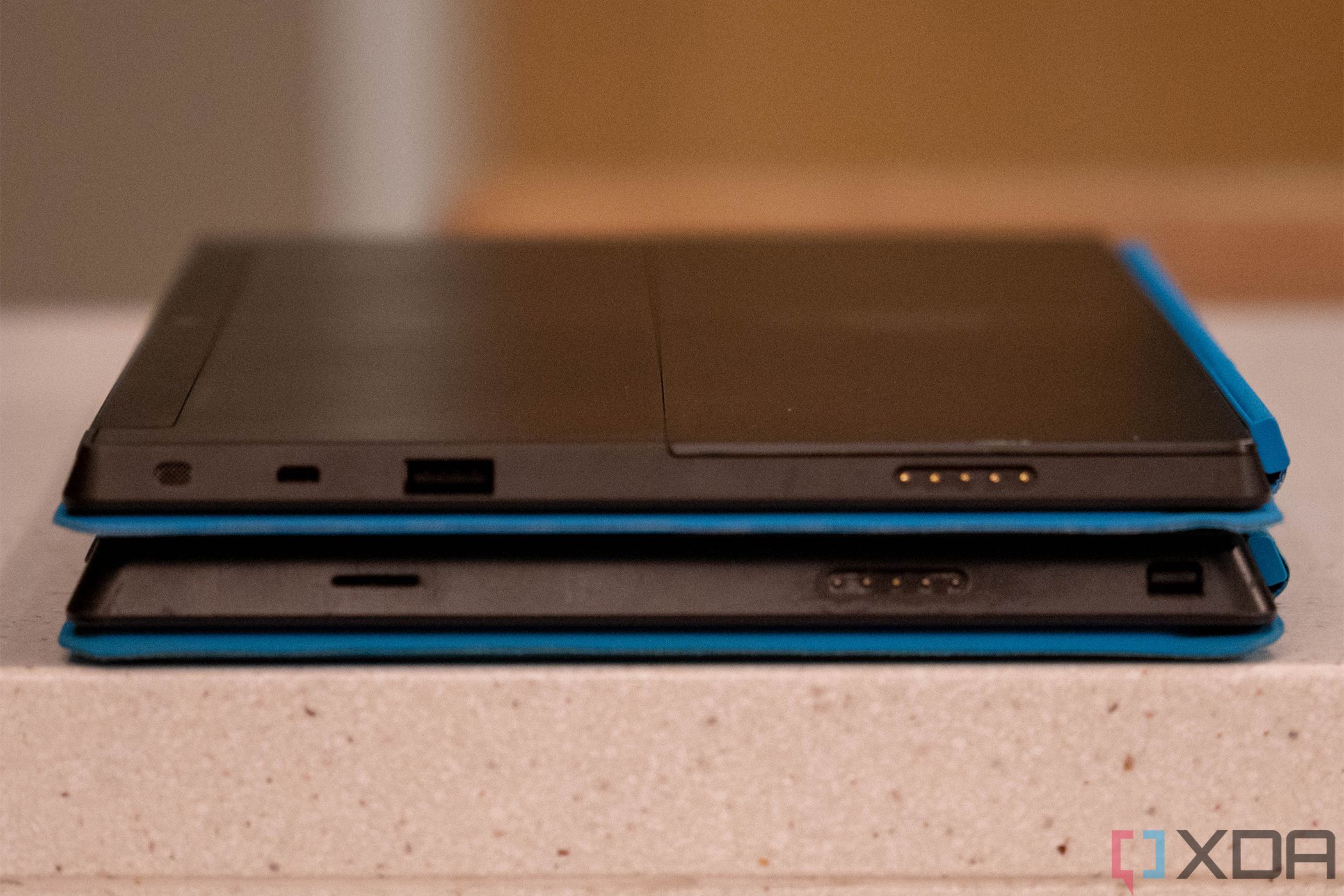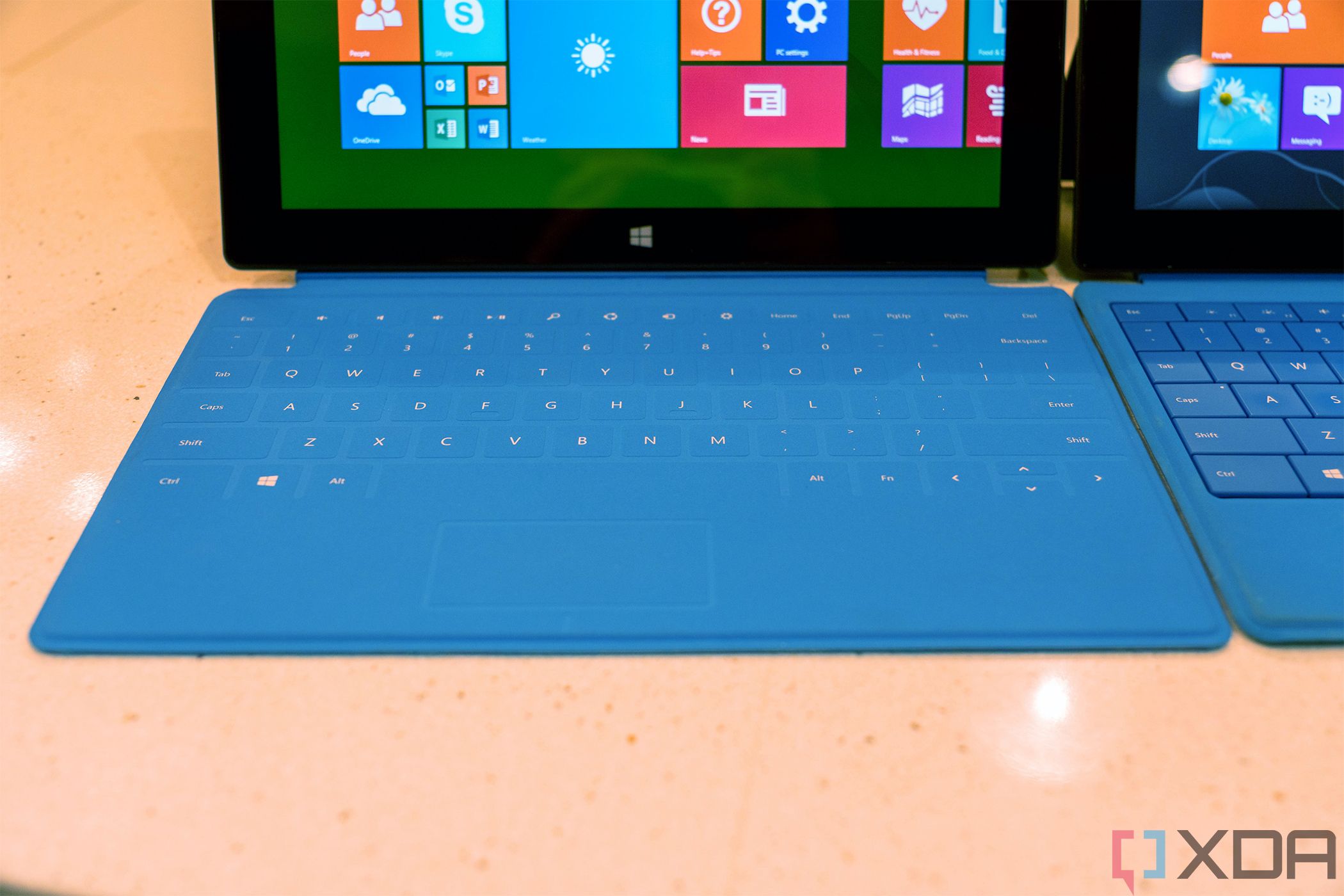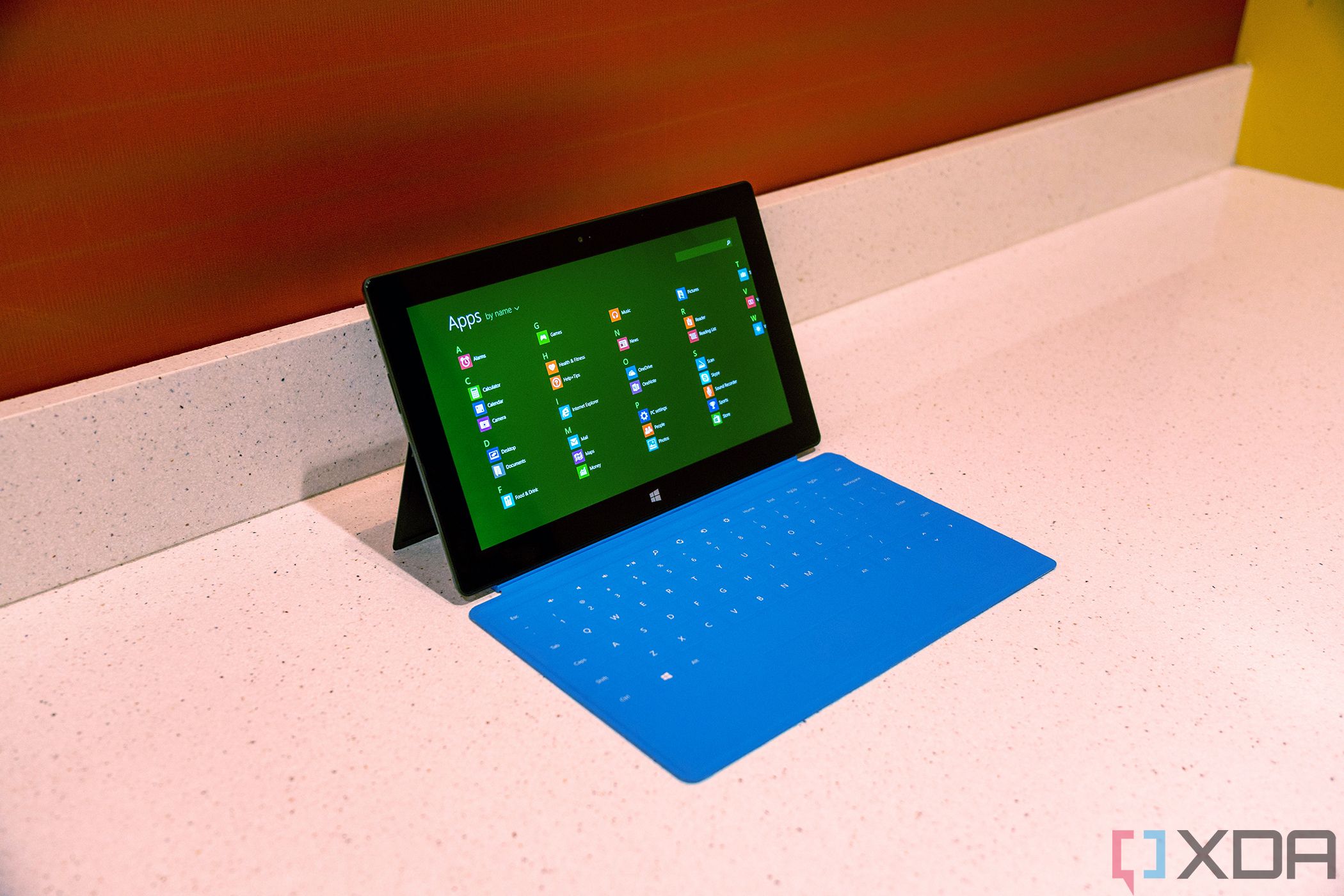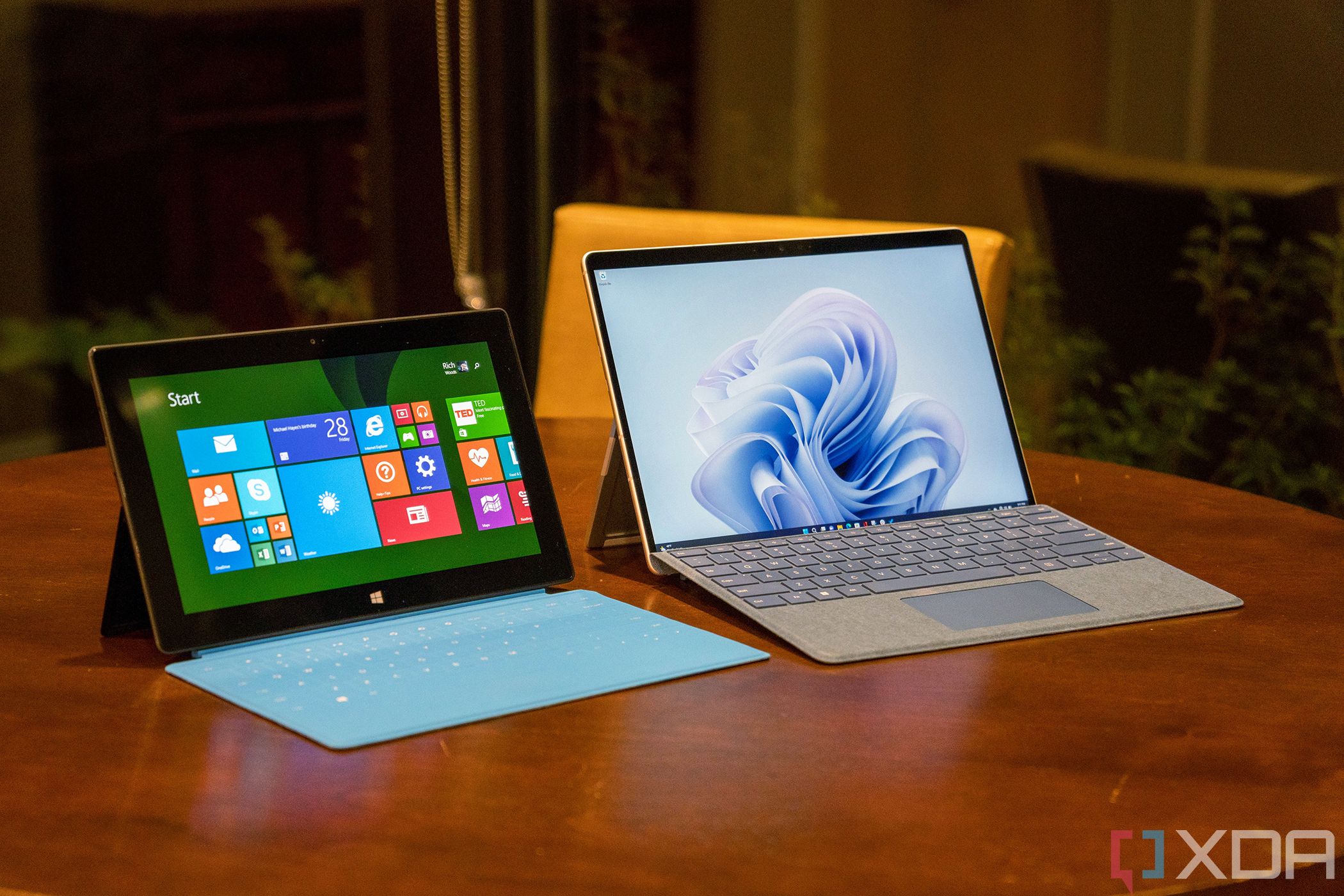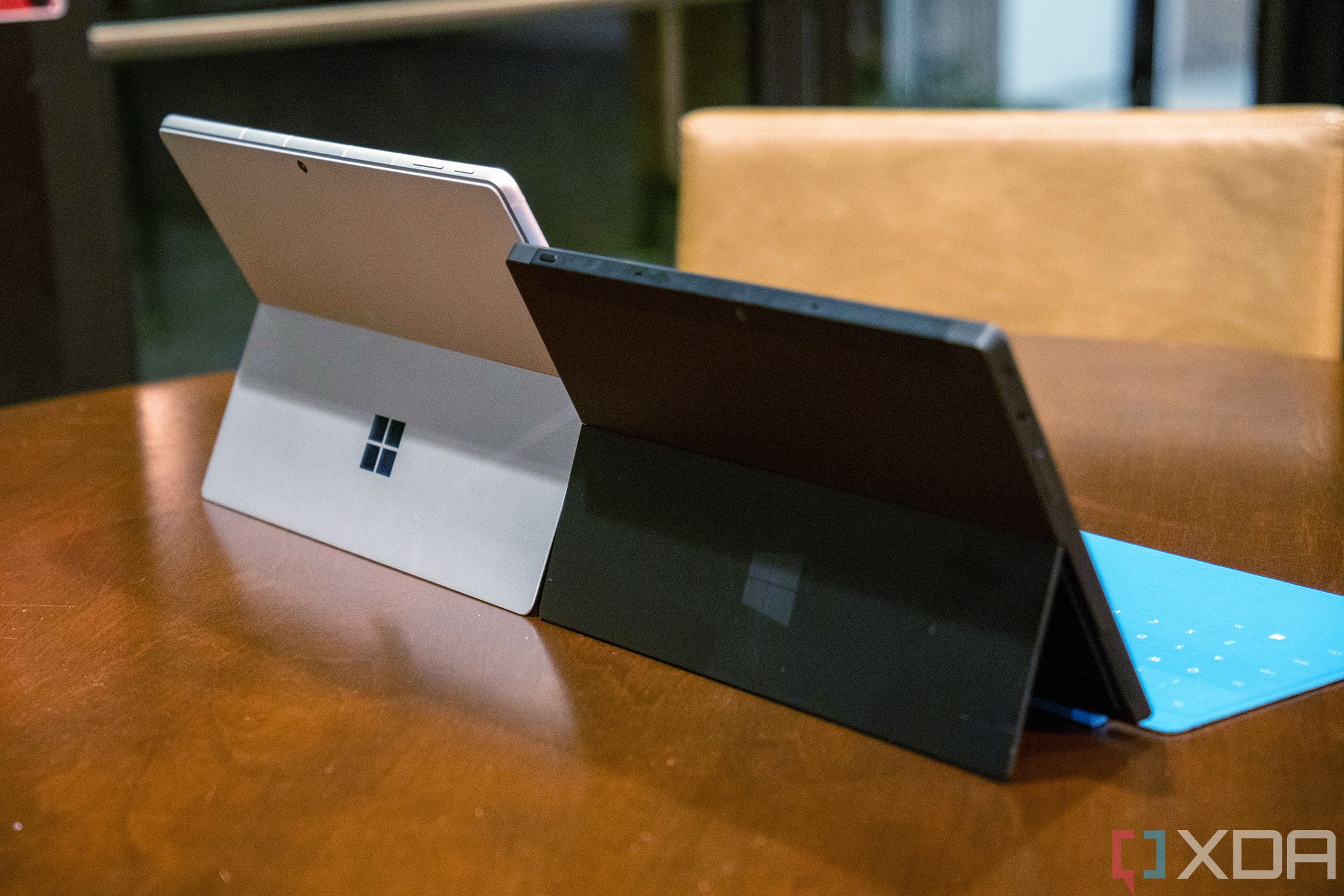October 26, 2012 marked a monumental date for Microsoft. When it came to Windows, everything changed in a way that we're still feeling the ramifications of today. That was the day that the company released its first PC, the Surface RT, and it was also the release date for Windows RT and Windows 8. A few months later, the Surface Pro arrived.
I bought both within a week of their release. I often tell the story of how my neighborhood was hit by Hurricane Sandy and I still bought my Surface RT knowing I wouldn't have power to charge it. That's OK though. I've been a Windows enthusiast my whole life, and this was a new Windows.
Windows RT was a version of the OS that was made for Arm processors, specifically the Nvidia Tegra 3 in the case of the Surface RT. Not to ever leave Intel as the odd man out, the Surface Pro was announced at the same time, although it was thicker and heavier. It had the advantage of running Windows 8 Pro (the products were named after the OS), so while Windows RT could only run pre-installed apps and apps from the Store, the Surface Pro had full Windows.
All of the products I mentioned above were horrific failures, and almost all of them were for different reasons. Surface Pro ended up being a successful product line, and a lot of the elements in Windows 8 live on today in a much more refined form.
But the Surface RT, along with its Windows RT OS, will forever be known as two of Microsoft's biggest flops. While Microsoft did make a Surface 2 and Nokia made the Lumia 2520 tablet with Windows RT, you'd be fairly hard-pressed to find another device that ran the OS. Every other OEM either canceled its Windows RT products, or quickly discontinued them after release.
As for the Surface RT itself, that ended up being a $900 million write-down for Microsoft. After that, the fire sale began. Microsoft just started selling these things for dirt cheap to clear out unsold inventory. Clearly, it thought it could sell way more product than it did.
The Surface RT was actually good
To this day, I still have the original Surface Pro that I bought back in 2013. It was a workhorse that I could always count on, but it never made a lot of sense as a product. As a laptop, it was too small with a 10.6-inch display. As a tablet, it was thick, heavy, and bulky. On top of that, you were getting a third-gen Core i5, 4GB RAM, and 128GB of storage for a thousand dollars, keyboard not included (back then, the pen used to come in the box).
I do not have the original Surface RT that I purchased a decade ago, but XDA bought one for its 10th anniversary, and when I started playing around with it, I was reminded of something: it's actually pretty good. Coming in at half the price of a Surface Pro, it came with an Nvidia Tegra 3 processor, 2GB RAM, and either 32GB or 64GB storage. It weighed 1.5 pounds, which is still lighter than any Surface Pro.
It also had a USB Type-A port, something that Microsoft really tried to show as a value proposition in its tablets, right up through the Surface Pro 7. It was a time when a lot of consumers were deciding if they really needed a new laptop, or if they could just get one of Apple's cool new iPads. Microsoft was trying to offer a solution that would solve both problems, and of course, keep you on Windows.
The USB Type-A port, of course, always highlighted just how much Microsoft clings to legacy while its competitors are focused on modernizing. The irony with the Surface RT was that Windows RT couldn't run legacy apps. But that wasn't the tablet's fault.
Being an iPad user back in 2012, I remember feeling like it was more comfortable to use because it had those softer, curved edges. Microsoft was more into sharper angles, and it almost felt a little bit jarring. Fast-forward a decade though. Everything has sharp angles now, and suddenly the Surface RT feels comfortable to use.
It's not perfect. The tablet was always a little bit underpowered, something that was solved in the next generation. Also, the Touch Cover was absolute garbage. Back when I bought mine, I returned it within the 14 days I had and got the Type Cover, which was the product that actually lived on beyond the second generation.
Still, in using it today and putting it in the perspective of something that's a decade old, I really have to say, the hardware is really good.
Windows RT was horrible
I mentioned earlier that Microsoft was trying to offer a unique product that no one else could in response to people deciding between laptops and iPads. This was done with both Windows RT and Windows 8. Windows RT was the one for Arm processors and could only run apps from the Store. There was one glaring problem: Windows RT looked and acted exactly like Windows 8, so if you had a brand-new Surface RT and a brand-new Windows 8 laptop, they acted the same but did different things.
It made for a very confusing experience. Apps like Google Chrome and iTunes would say that they were available for a certain version of Windows and newer, so if you had Windows RT, the newest version of Windows, you'd think it would work, right? Wrong. This fundamental aspect of users expecting things to work and then not working was a major pain point.
But that's not all. As Richard Devine recently wrote, Windows 8 actually had a really good tablet UI. Unfortunately, not everyone had tablets, so this weird hybrid OS just didn't make sense. When using Windows RT or Windows 8, you'd start at the Start Screen; that's right, the Start Menu was gone in favor of a full-screen array of tiles that scrolled horizontally. If you launched an app that came from the Store, it would open full-screen in the Metro environment. You didn't even have the option to put it in a window at the time.
If you launched an app that didn't come from the Store, it opened in a completely separate desktop environment, which was more like what you'd have been used to in previous versions of Windows.
Windows RT would have made a lot more sense if it didn't have that desktop environment, since you couldn't install apps from outside of the Store, but it did. The reason is because some apps, which came pre-installed, did open on the desktop. The biggest examples would be the Office RT apps, free versions of the Office 2013 suite that were made to run on Arm.
So for this OS that was optimized for tablets, you still had a desktop environment. Not only that, but the Store was barren too, so there just wasn't much to do when the whole current design of Windows seemed to be failing.
Windows RT 8.1, which is still supported today (for another couple of months), fixed many issues with the original OS. When Windows 10 came along, there was no upgrade path, which was saying a lot since even Windows Phone had one. It ended up landing on Windows RT 8.1 Update 3, a mostly cosmetic update that brought back the Start Menu.
How it started and how it's going
The Surface RT was Microsoft's first computer, and the first attempt at an Arm Windows PC. While Windows RT was a clear failure immediately, it tried again with the Surface 2, swapping out the Nvidia Tegra 3 with a Tegra 4 and introducing a new silver color that became a staple for the Surface family. The Surface 3 was Intel-powered, serving as a sort of redemption for the original tablets.
It wasn't until December 2016 that the idea of Arm PCs reemerged. That's when Qualcomm and Microsoft announced Windows 10 on Arm, which unlike Windows RT, would include emulation of x86 apps. The idea, which still lives on today in Windows 11, was that the experience would just be Windows.
In late 2019, Microsoft introduced the Surface Pro X with a rebranded version of the Qualcomm Snapdragon 8cx called the Microsoft SQ1 processor. It was the first Arm Surface since the Surface 2, but of course, this time it ran full Windows.
Fast-forward to today. On the eve of the 10th anniversary of the Surface RT shipping, the Surface Pro 9 started shipping, marking the first time that Windows with an Ar processor is deemed mature enough to share the same branding as its Intel-powered counterpart.
The Surface Pro 9 looks totally different from the Surface RT. Since then, the display aspect ratio has changed to 3:2, the Surface Connect port has been changed, and there's pen support with haptics now.
Still, the Surface RT was really good for its day. If it wasn't for terrible software, it might not have been a $900 million write-down for Microsoft. Of course, we'll never know.

